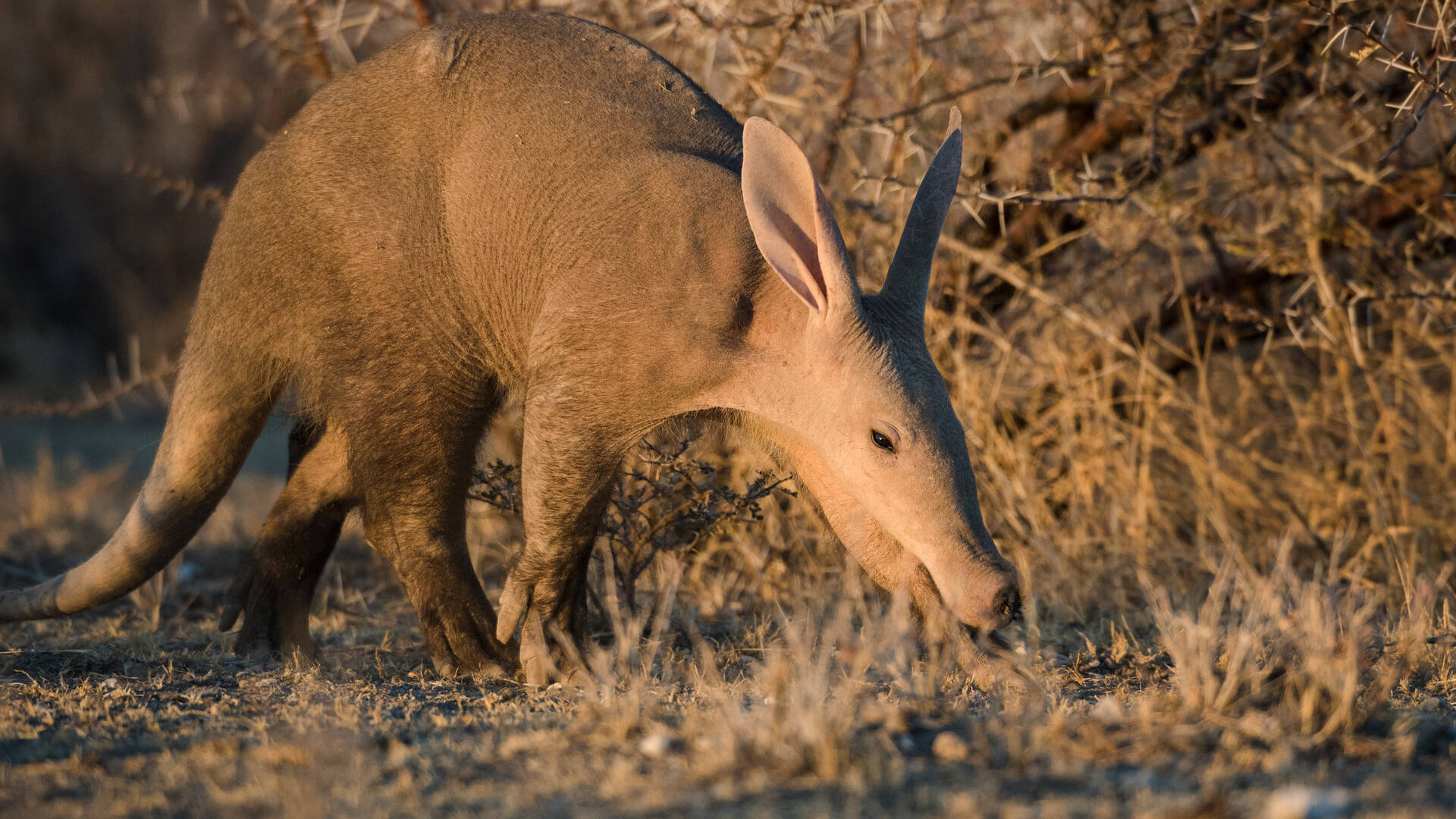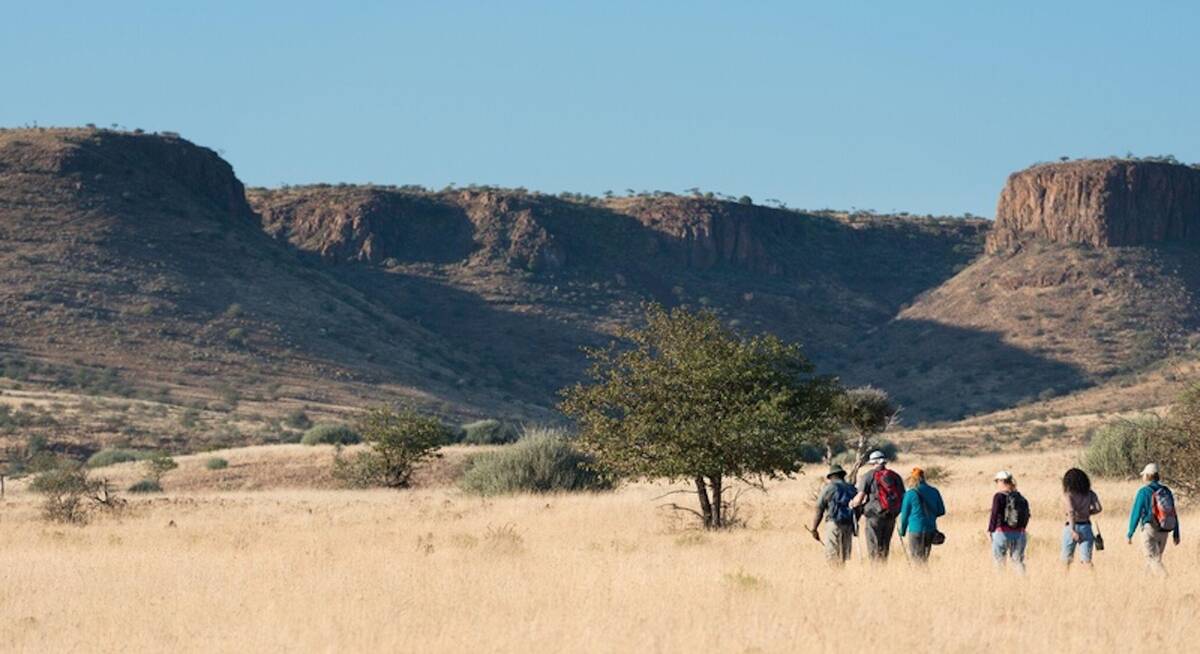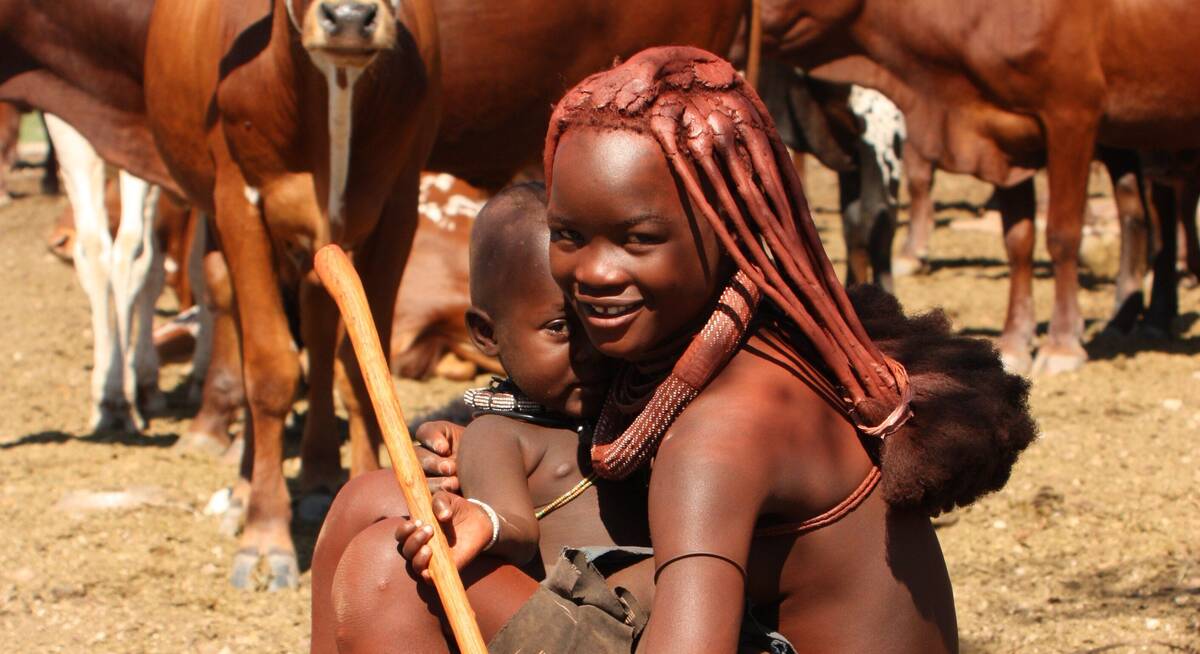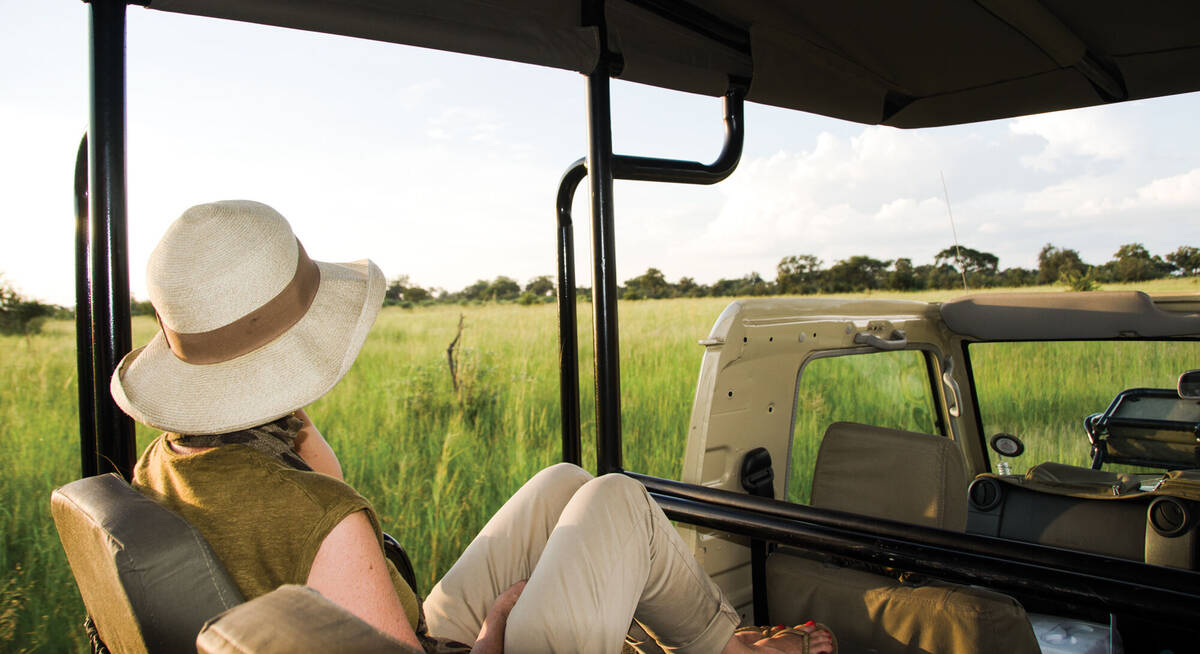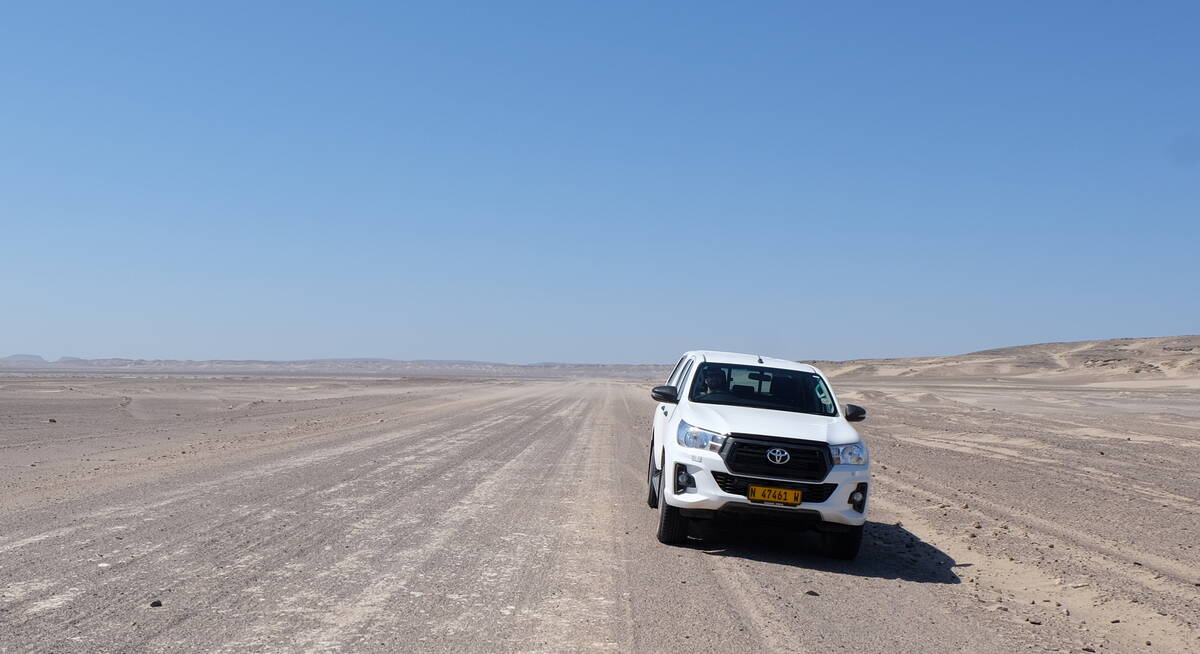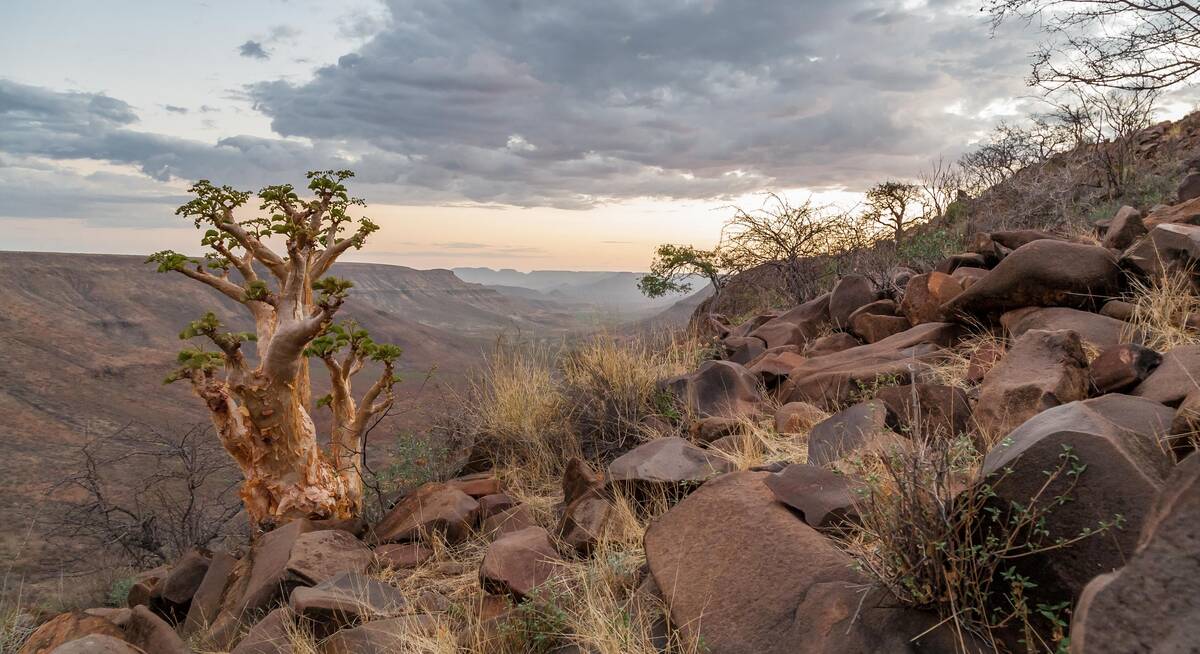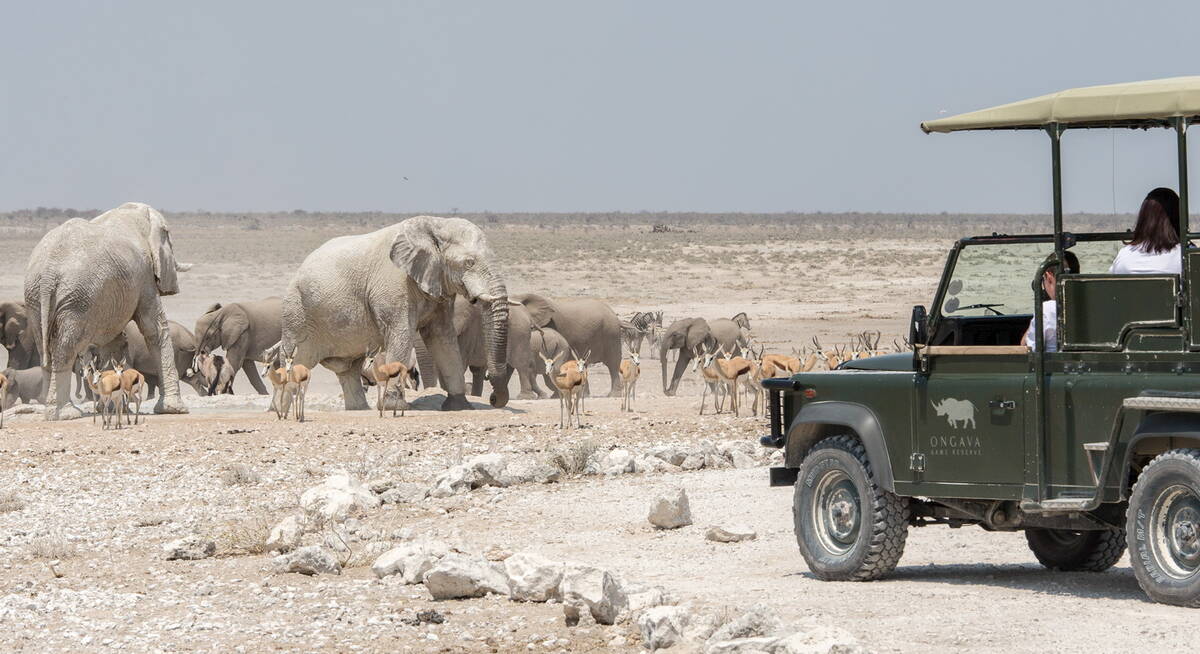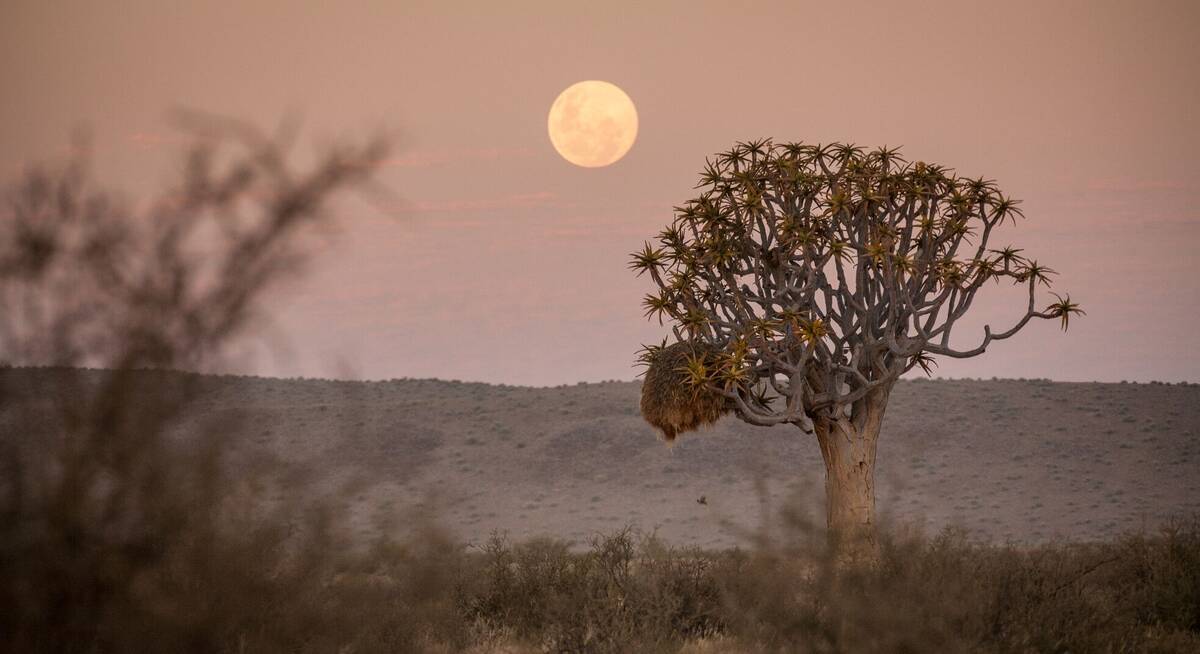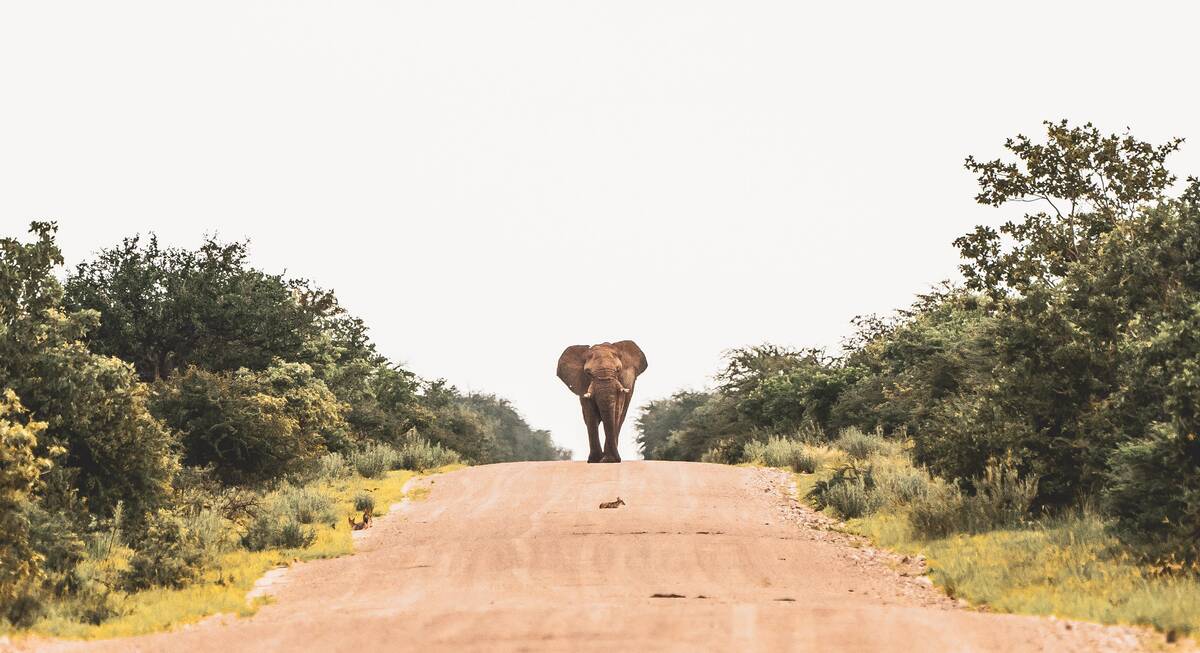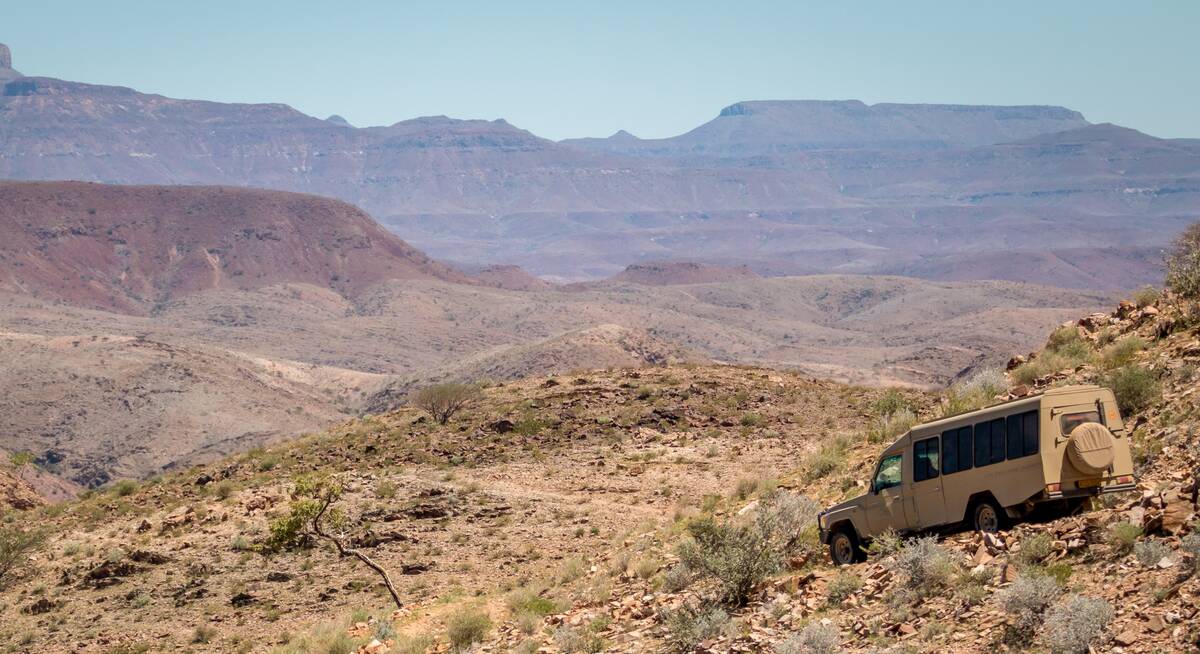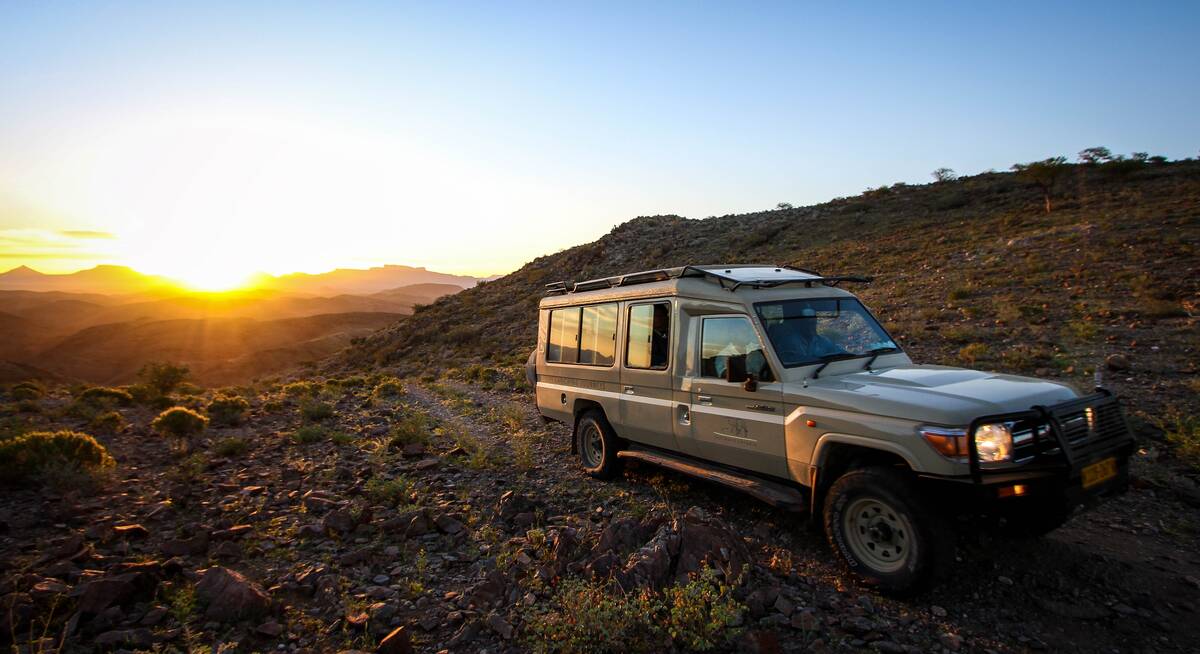Namibias small mammals are no less impressive than the big game.
Meerkat can be found in the Kaokovelt and in Southern Namibia...
...and Bagatelle has a semi-tame troop, which is often in residence.
Watch out for small- and large-spottet genet during nocturnal game drives...
...and for diminutive, light brown dwarf mongoose.
Southern African hedgehog
Total length 20cm.Also spiky, the southern African hedgehog is found in north-central areas, including the Kaokoveld and Owamboland. This species is much smaller than the porcupine but is also omnivorous. They are not common.
Rock hyrax
Procavia capensis Shoulder height 35–30cm. Weight 4kg.Rodent-like in appearance, hyraxes (also known as dassies) are claimed to be the closest living relative of elephants. The rock hyrax and similar Kaokoveld rock hyrax Heterohyrax welwitschii are often seen sunning themselves in rocky habitats, and become tame when used to people. Expect to see lots of them at lodges built in rocky environments, like Erongo Wilderness Lodge and Mowani.
Scrub hare
Lepus saxatilis Shoulder height 45–60cm. Weight 1–4.5kg.This is the largest and commonest African hare or rabbit, occurring everywhere in Namibia except the far west and south. In some areas a short walk at dusk or after nightfall might reveal three or four scrub hares. They tend to freeze when disturbed.
Ground squirrel -
Xerus inauris Shoulder height 20–30cm. Weight 400–700g.This terrestrial rodent is common of most arid parts of Namibia, except the far west of the desert. The ground squirrel is grey to grey-brown with a prominent white eye ring and silver-black tail. Within its range, it might be confused with the meerkat, which also spends much time on its hind legs. Unlike the meerkat, ground squirrels have a characteristic squirrel mannerism of holding food in its forepaws.
Our top picks for holidays to Namibia
We'll always tailor-make your Town for you. Here are some of our favourites to inspire you.

Looking for inspiration on where to travel next?
Visit our trip chooser to explore your options and find inspiration for your perfect African adventure
Inspire me